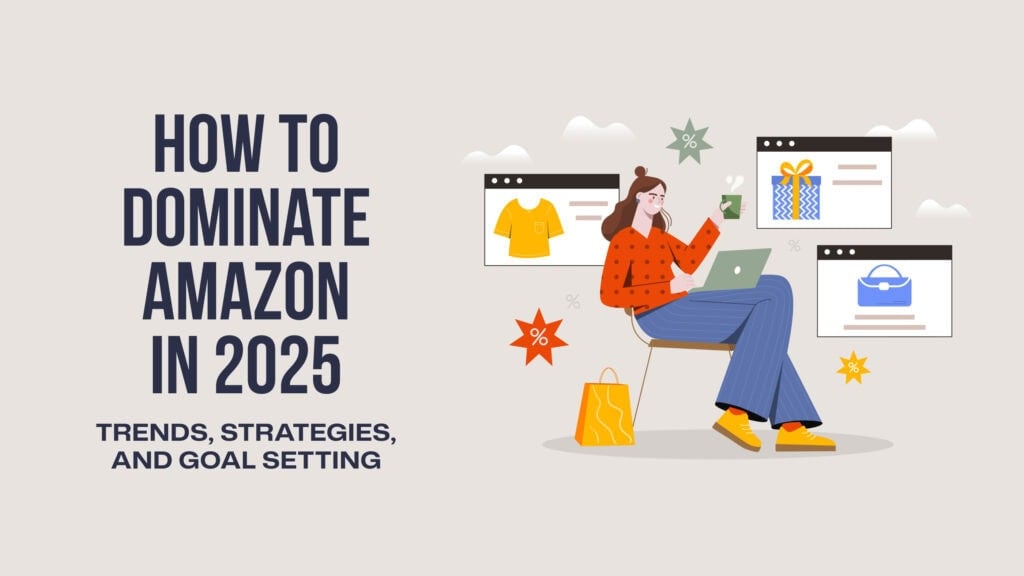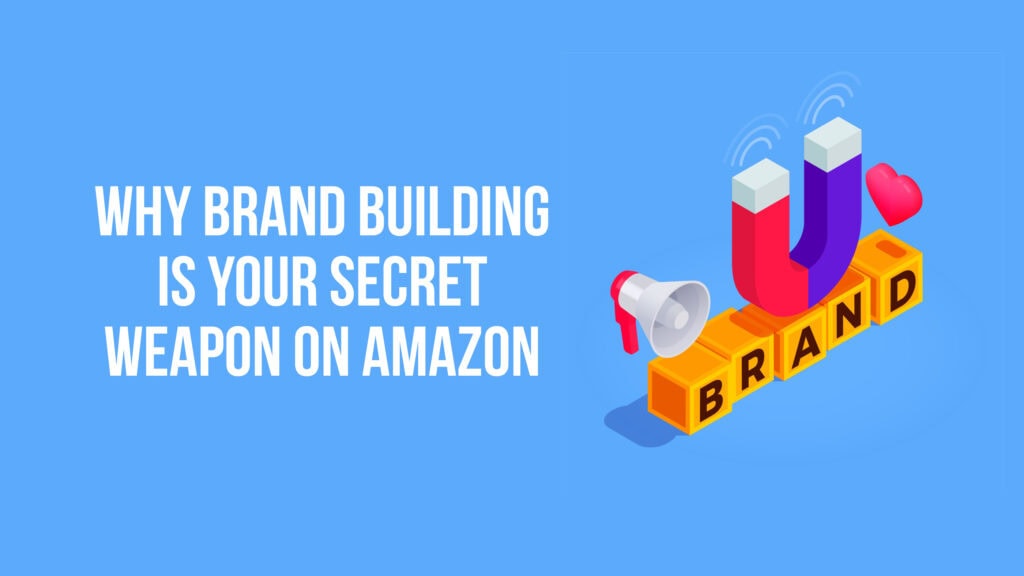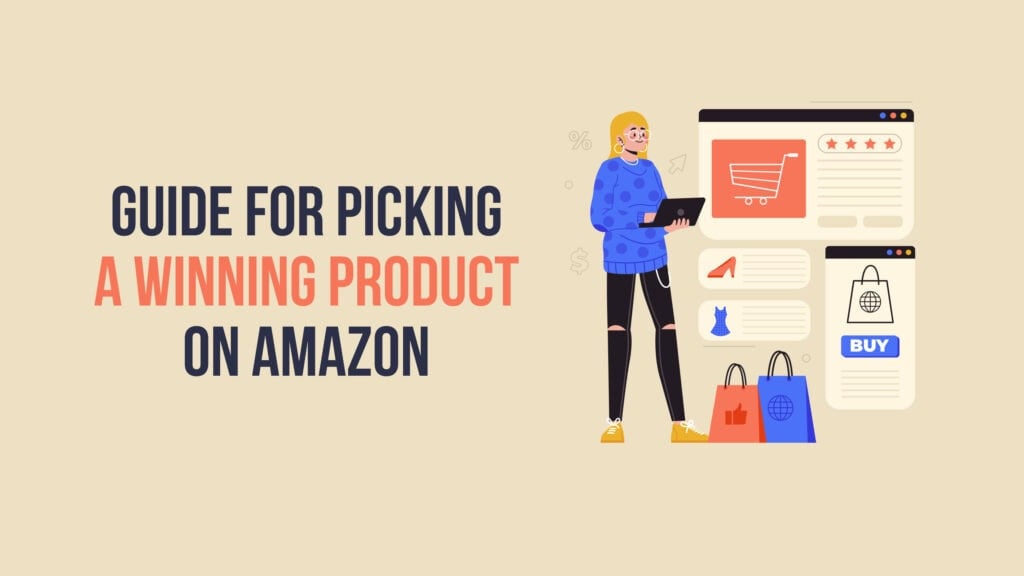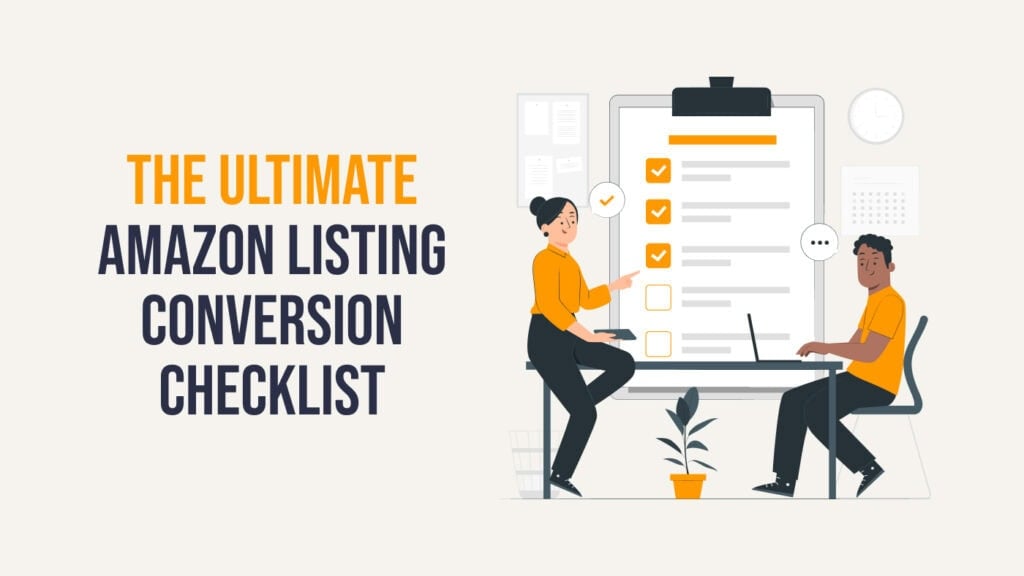When Amanda Hocking's name hit headlines, the writer who made millions by going outside of big publishing companies and doing it herself caused a significant shift in the book industry.
Unfettered by the rules of traditional publishing, new indie presses and self-publishers have been able to inject new life into the very old-fashioned book industry--and make a profit.
And yet, the book industry continues to consolidate, going from an ecosystem of hundreds of flourishing imprints to a set of five mega-conglomerates that control the vast majority of publishing in the U.S. and worldwide.
For readers, that means less variety. You get what the Big 5 think you want to read—ghostwritten celebrity tell-alls and the 75th book by James Patterson. But although these can be entertaining, they don’t give you a lot of choice.
Where’s the Disruption and Innovation?
Where are the new voices? Various practices and policies in the book industry are set up to disadvantage new players. Deals with bookstore chains, aggressive discounting practices, and financial policies that were originally hashed out during the Great Depression make it difficult for any new entrant to compete.
It’s been said that if you want to make a million dollars in publishing, you should start with two million dollars—and that’s not far from the truth.
At least, if you look at it from the Big 5’s perspective.
If you’re willing to shake things up and try a different approach, all kinds of avenues open up.
Making a Splash with Your Book
Today, more small independent publishers are opening than at any time in the last 75 years. With the advent of digital publishing technologies (eBooks, print on demand, tablets, and so on), the barrier to entry has dropped dramatically.
It’s not about disrupting the major players from within. Instead, it’s about ignoring the major players altogether and finding a different way to make a splash.
The Big 5 publishers produce what they think you want to read—that is, they print more of the same type of book that’s already sold well.
If sparkly vampires are trending, then you get five dozen more books about sparkly vampires. And this can create a self-reinforcing feedback loop, where the Big 5 dictates what you’re going to read and, theoretically, enjoy.
In contrast, indie publishers look for books that have amazing characters and a gripping plot, or for nonfiction books that actually deliver new, actionable insights on a subject that people need help with.
Reaching Your Book's Target Audience
It’s less about being able to sell 10 million books than being able to sell 10,000 books to the exact, right people.
And the indies do that by ignoring the laws the Big 5 have set up about mass appeal and mass scale, focusing instead on serving the needs of a targeted group.
If you really, really need advice on how best to care for your urban chickens, you’re not likely to find it from Harper-Collins. But several indie publishers and independent authors are ready to help, all for an affordable price, delivered straight to your device of choice.
By focusing on the needs of the consumer and responding to small shifts in the market, nimble indie publishing startups can prosper from books that sell in the tens of thousands, not the millions—all while filling underserved niches and needs.
They don’t need million-dollar ad campaigns, just smart social outreach in the Facebook groups and online forums that their niche audience already frequents. They’re lean, responsive, and ready to deliver what their readers want instead of forcing a “popular” topic on them.
Shaking Up the Status Quo
It’s no wonder that the Big 5 have been defensively retrenching, doubling down on multi-million-dollar contracts with celebrities and consolidating even more (just a few years ago, after all, it was the Big 6!).
They’re scared. They’ve forgotten, for the most part, how to respond to actual readers’ desires, beyond snapping up publishing rights from already successful indie authors, and they’re not sure how to deal with the shift in the ecosystem.
No one knows what publishing will look like in five years, let alone a decade. But one thing is clear: the indies are here to stay, and they’ve got enough momentum to start forcing change even at the top.
Are you interested in building a brand for your business? Sign up for this webinar to learn how to get started.
MORE BUSINESS STORIES ON CAPITALISM.COM:
• Why Execution Always Trumps Ideas
• Why Facebook Video Ads, Amazon Are Key to Building a 7-Figure Physical Product Business
• How to Take the Next Step After Doubling Business Sales










